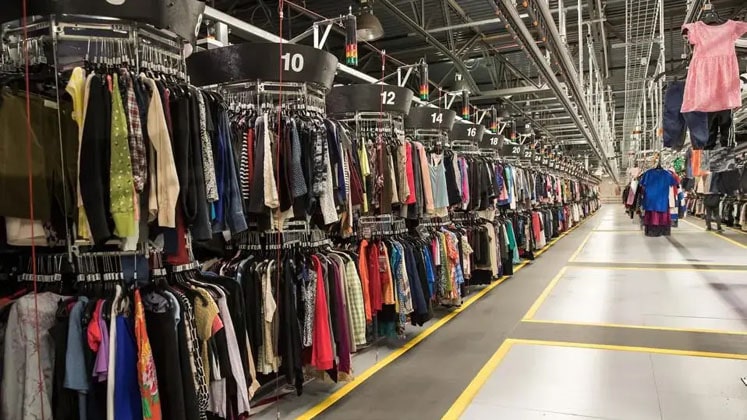Revealing the details of a pact aimed at freeing up commerce in 40 per cent of the world's economy but criticised for its opacity, recently, the much awaited text of a landmark US-backed Pacific trade deal was released. The Trans-Pacific Partnership (TPP) will be a legacy-defining achievement for US President Barack Obama and his administration’s pivot to Asia, if the pact is ratified, which aims at countering China’s rising economic and political influence.
A proposed 16-nation free-trade area including India that would be the world’s biggest such bloc, encompassing 3.4 billion people, which is China’s own Regional Comprehensive Economic Partnership (RCEP), is the country’s response to the pact.
Transparency advocates concerned over its broad implications were angered as TPP was largely kept away from public scrutiny. The pact will set common standards on issues ranging from workers' rights to intellectual property protection in 12 Pacific nations. Many of Obama's fellow Democrats including presidential candidate Hillary Clinton, who backed the developing trade pact when she was Secretary of State during Obama’s first term, and labour unions have opposed the TPP. Some US lawmakers demanded measures to punish currency manipulation with trade sanctions or set monopoly periods for next-generation biologic drugs at 12 years, which is not included in the pact.
In factory and export economies in Malaysia and Vietnam, the TPP would be a boon. In the Vietnamese manufacturing, anticipated tariff perks are already luring record foreign investment. An increase in demand for their key exports, from palm oil and rubber to electronics, seafood and textiles, foreseen by both the countries. Asia’s major developing economies, including the Philippines and Indonesia that have recently expressed interest in signing to the pact could be pressurised because of this.












